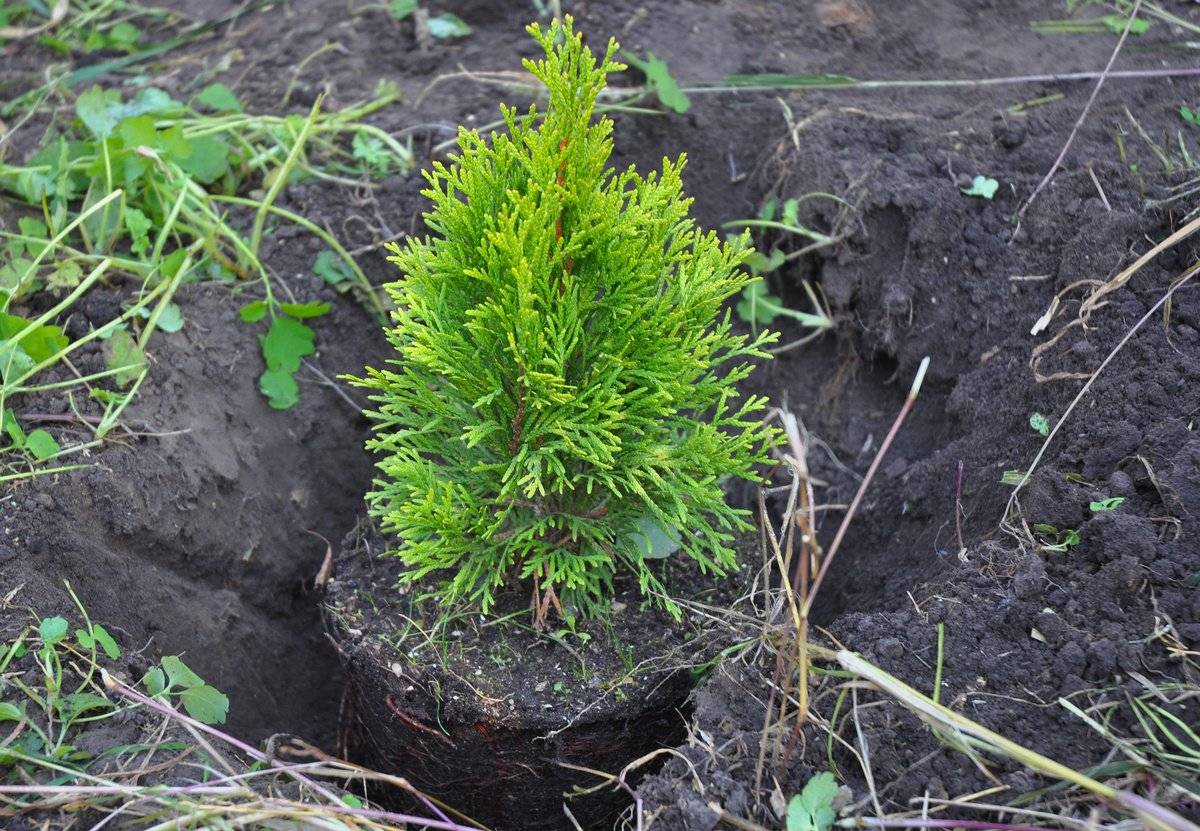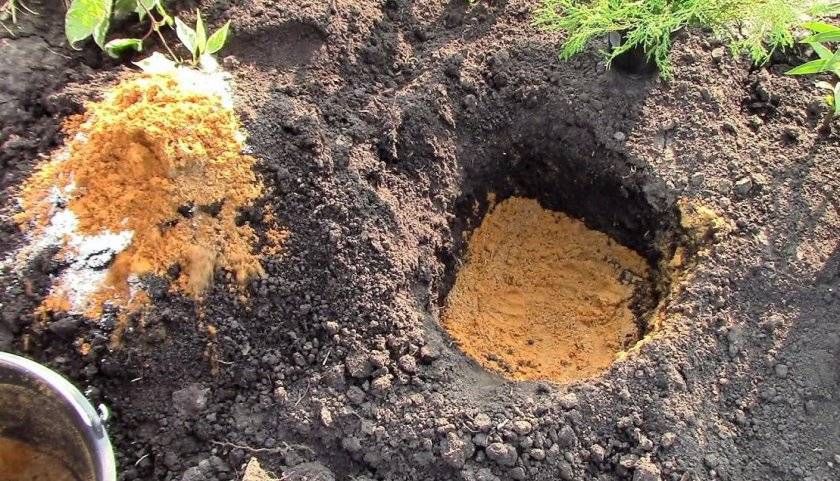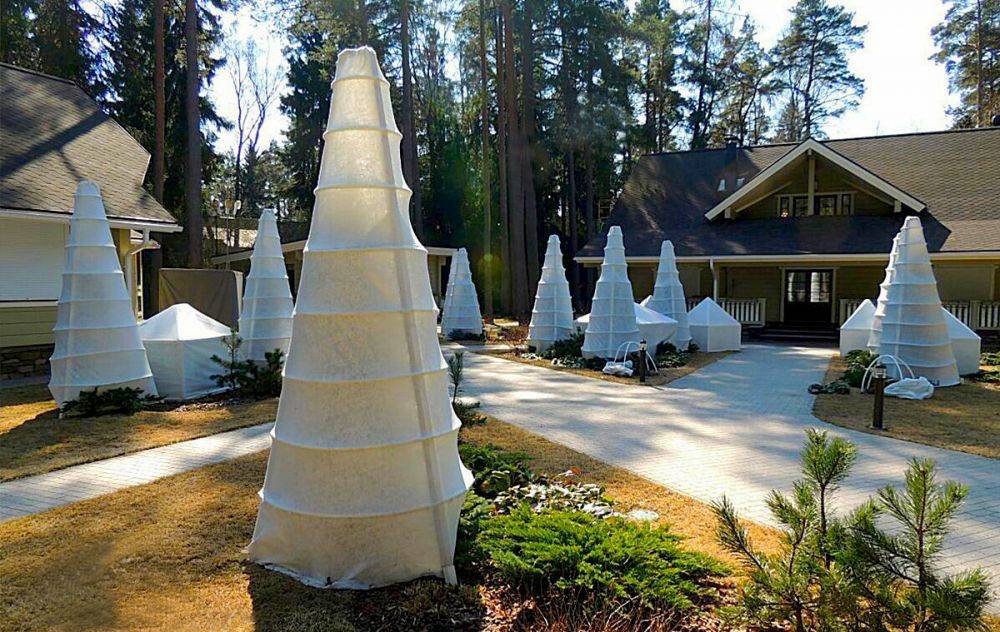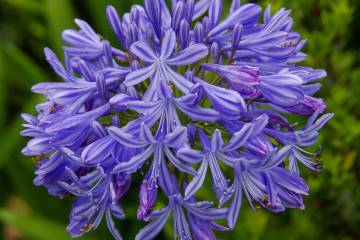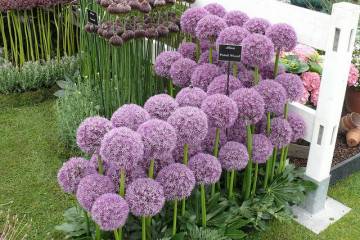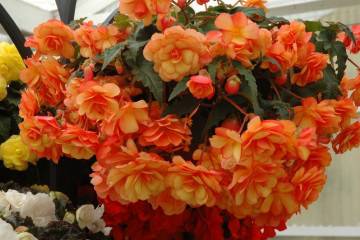Thuja - planting and care outdoors in spring
Content:
Thuja is one of the most popular garden plants. It doesn't even need a description. This is due to its unpretentiousness, good growth and chic appearance. These trees green the site, many varieties delight with their greenery all year round, since they do not need shelter for the winter. But the question of what to do to make the planting of the thuja flawless always remains open.
Thuja: planting and care in the open field
Planting and caring for thuja outdoors is pretty simple. The main thing is to follow all the rules at the very beginning of the journey, and then everything will go like clockwork. Planting thuja in the open ground in spring is the best option.
How to plant thuja in open ground in spring
All gardeners who decide to start breeding ornamental plants for the first time are worried about how to plant thuja in open ground in spring. After all, it is the spring planting (around March for the Central region of Russia) that is the best option. If a thuja is chosen, how to plant and care for it must be decided immediately, in fact, everything is simple.
Thuja root system
The root system of thuja is fibrous, that is, it is located close to the soil surface. But, despite this, it is very powerful and develops rather quickly, taking up a lot of space in the garden.
Soil for thuja
You can immediately purchase ready-made soil for conifers, but it will take too much money to plant a whole hedge. Therefore, you can prepare the soil yourself:
- 3 pieces of turf;
- 1 part sand;
- 1 part peat.
Site selection and soil preparation
Any variety of thuja prefers light partial shade. However, there are varieties, for example, Smaragd, that can grow in full shade, but dwarf, spherical is better in lighter areas. The soil does not need to be prepared in advance, it is enough to stock up on the necessary amount of it, providing nutritional value, lightness, air and moisture permeability, as well as good drainage.
Landing pit
Planting time depends on the type of root system of the seedling. Thuja with open roots is planted in March-April. The closed root system allows planting not only in April, but also in autumn in October.
Step-by-step preparation of thuja for planting:
- A 75 × 100 cm landing pit is being prepared. When planting a hedge, a trench of the same depth is dug.
- 10 cm of expanded clay or coarse river sand is poured to the bottom to ensure good drainage.
- In the center of the hole, a mound of nutrient soil is created, over which the roots are neatly distributed.
- The pit is covered with a substrate prepared in advance.
There is no need to tamp, since the roots need a regular flow of air.To avoid excessive evaporation of liquid from the soil surface, you can build a small roller no more than 20 cm high around the planting pit or along the trench.
How to transplant thuja from a pot into the ground
Thuja sold in a pot has a closed root system, so the roots do not need to be spread over a mound. They are transferred into the finished pit directly from the container and covered with soil, while slightly deepening the root collar. Such plants take root the fastest, of course, if a healthy seedling is chosen.
How fast does thuja grow
The maximum growth rate of the plant is about 50 cm per year. Such a frantic pace is observed in many young tall varieties, in particular, the western Brabant variety. In dwarf species, the growth can be very small, up to 10 cm per year. This is logical, because their total height is only 1.5 m.
Fast growing varieties of thuja
Often you want to make sure that young bushes grow as soon as possible after planting. List of the fastest growing varieties:
- Brabant. She has a significant annual growth (40 cm long, 10-15 cm wide). It is convenient to grow and propagate in conditions that are difficult for other plants, for example, in partial shade;
- Golden Brabant differs from its relative in yellow needles, which retain their color throughout the year;
- Columna with an annual growth of up to 40 cm upwards and unpretentiousness to the level of soil acidity;
- Fastigiata can grow up to 30 cm per year up and up to 5 cm wide;
- Giant thuja with an increase of up to 30 cm per year.
How to grow thuja
It is not difficult to grow a thuja, the main thing is to ensure planting according to all the rules and care in the first years of life. Then the plant will thank you with its attractive and healthy appearance. It is very important to know and how to plant thuja, without proper planting there will be no result.
How to choose ready-made seedlings
The first step to successful growing is choosing the right, proven nursery. Despite the fact that the reaction of thuja to adverse conditions is slow, but inevitable, therefore, it may happen that the seedling was damaged in the store, and after transplantation it will die. The gardener will not be guilty here, but it is he who will have to worry and look for problems in himself. It is difficult to distinguish a diseased plant from a healthy one with the naked eye. The first indicator will be that the seedling is too cheap. The roots should be clean, white, rather thin, up to 3 mm in diameter. The optimum plant height is 20-100 cm.
Of course, you can try to germinate a tree from both seeds and propagate by cuttings, but this will be a very long process, which is why it is better to buy ready-made seedlings.
How to care for growing plants
Proper care is very important for young plants. It should be provided for the first few years of life, in return the plant will thank in the future. The main care technology so that thuja Brabant or any other can grow and develop:
- it is important to regularly water the soil, the procedure is carried out 1 time in 3-4 days. Pour 10 liters of water under each bush;
- it is necessary to loosen the soil regularly. But the depth of loosening should be no deeper than 10 cm. This procedure can be replaced by mulching with natural material;
- regular weeding.As soon as weeds appear, they need to be destroyed. This is especially true for weeds with a taproot system.
Watering, loosening and mulching
For young plants, it is extremely important to follow the rules of care. Following them is the key to success in the overall growing process. The plant is watered regularly, however, you need to monitor precipitation, since overflow is just as dangerous as lack of water.
Waterlogging should not be allowed under any circumstances. It is recommended to loosen the soil after each watering. But since this should be done carefully so as not to damage the roots, you can use a layer of mulch made of peat, sawdust, straw and any other natural material that will not allow moisture to evaporate too quickly from the soil surface.
Place in the garden
In the garden, thuja is always popular and successful. It can take center stage, but it can only serve as a background for brighter flowers and miniature shrubs. Landscape designers adore all varieties of thuja for their visual appeal and ease of care. Therefore, it is easy to find representatives of culture not only in private territories, but also in city gardens, parks, squares.
They look spectacular with small flowers planted in the foreground of the composition. Fresh greens of tall varieties will emphasize the brightness and color saturation of herbaceous plants or dwarf shrubs. Larger flowers or shrubs can be planted in front of adult specimens. They will look good in the foreground. In fact, there are a lot of options.
How to feed thuja in spring
To provide bright and lush greenery early in the growing season, nitrogenous mineral fertilizers will be required. It is better if these are ready-made complex fertilizers for conifers. But with fertilizers for thuja, you should be very careful, since their root system can be damaged quite easily.
Preparation for wintering
Preparation for wintering depends on the species. Western thujas are the most frost-resistant, adult specimens do not require shelter in most regions. The folded species native to the Pacific Ocean may not survive severe winters. Korean, oriental and Japanese thuja require mandatory shelter for the winter.
In addition to covering the bottom of the bush with spruce branches, you will need a shelter with a special garden breathing material. In the spring, it is worth removing it gradually so that harsh sunlight does not have a detrimental effect on the plant, which is accustomed to dusk during the winter.
Pruning and artistic haircut
Pruning can be sanitary and formative. You can prune and shape the tree 1-2 times a year. You can cut thuja both in the spring and, if necessary, in the summer. The main thing is to have a sharp, disinfected secateurs. In any case, you cannot prune more than 1/3 of the branches.
Experts, landscape designers are very fond of thuja precisely because it allows you to give it almost any shape. From this tree, you can form various shapes of animals, geometric shapes. It all depends only on the imagination and skill of the person.
Such masterpieces must be monitored regularly, constantly removing unnecessary, sticking out branches.This hobby is suitable only for those who are ready to devote a lot of free time to this issue. When thinking about how to cut your hair, it is important to take into account the natural shape of the variety, so it will be easier to bring your idea to life. Thus, a cone-shaped thuja should be cut in accordance with its natural way, and a creeping thuja should be cut in a completely different way.
Thuja turns yellow: what to do
With the loss of the attractive appearance of thuja of any variety, it is not always worth shifting the responsibility to fungal diseases or pests. Sometimes the problem is a lack of nutrients. In particular, yellow or yellow foliage can indicate that there is not enough nitrogen in the soil.
By the way, foliage can also turn yellow due to the fact that pets have taken the soil near the plant for the place of fulfillment of their own needs. They should definitely be weaned from this.
Thuja diseases and their treatment
By the appearance of a thuja of any variety, it immediately becomes clear that she has some kind of problems associated either with improper care, or with the appearance of diseases and insect pests. The appearance of a diseased tree is fundamentally different from a healthy one. Of insects, weevils and wireworms can deliver special problems. In both cases, special insecticides will help. But weevils (larvae) can be destroyed by liming the soil.
Other problems and illnesses:
- late blight first affects the roots, and then damages the crown. The plant begins to wither quickly, the needles become gray and sticky. The reason may be over-watering or waterlogging of the soil. Fungicides will help to cope with the problem;
- Fusarium causes drilling of the aerial part of the plant. All damaged shoots must be removed, everything else must be treated with foundation;
- rust most often occurs in early spring. As a result, the needles begin to darken and fall off. Special fungicides containing copper will help;
- thuya aphid. It is easy to distinguish it from other pest diseases, since it actively begins to move on the branches, which, as a result of its active influence, dry very quickly. The best drug to combat it is karbofos.
It is important to remember that how quickly the thuja grows depends on the specific variety, which each chooses for himself individually. It depends on the desire of the gardener, and on the size of the suburban area. But it is worth considering the need for proper care, determining the landing site. It is necessary to take care of any ornamental plant in the garden near the house. Proper care will help thuja grow and develop effectively.
